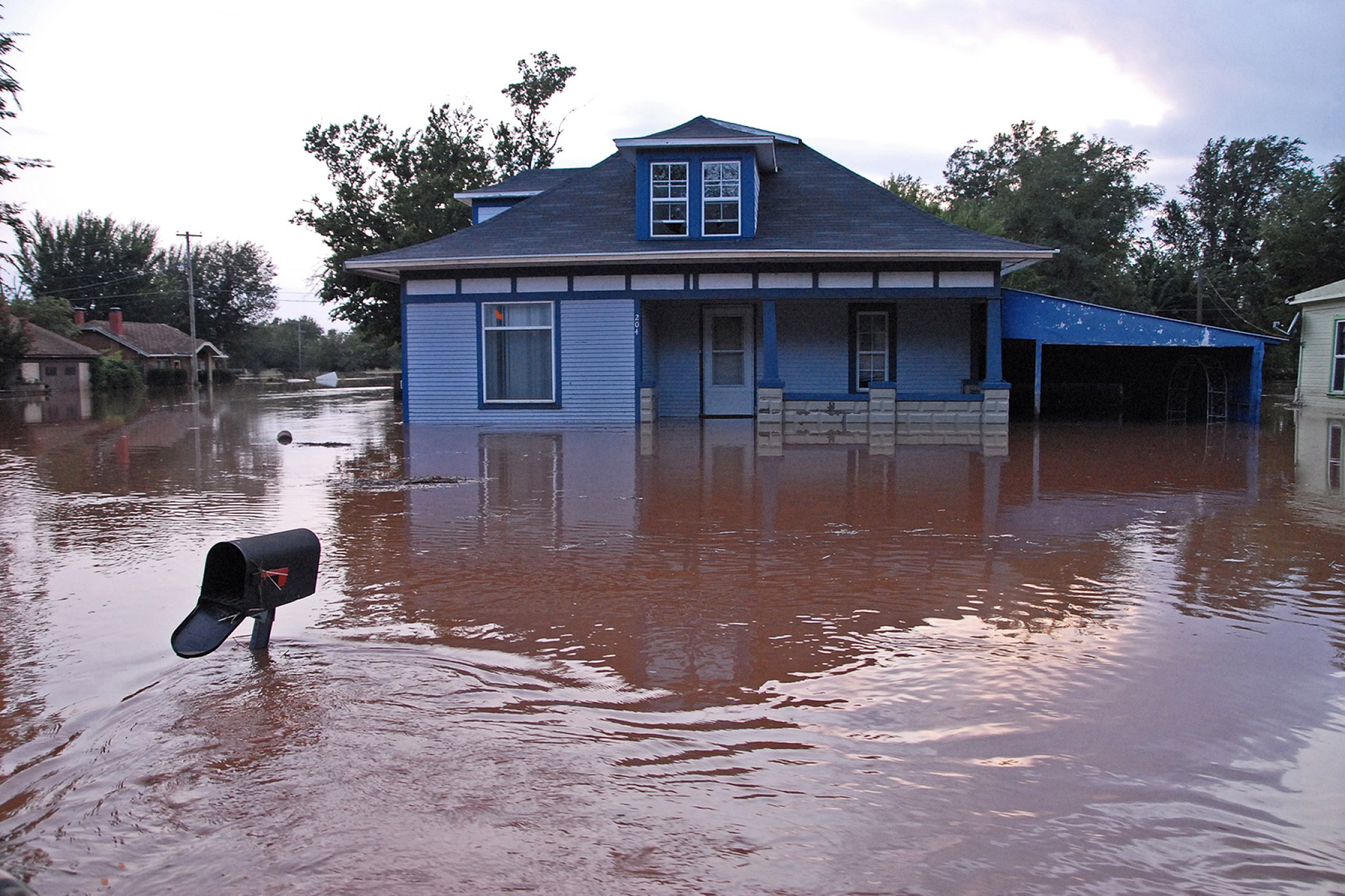Most people think they're covered for flooding with their homeowners insurance policy. But they're not!
You must buy a separate flood insurance policy to be covered. If you're in a flood plain, and you have a mortgage, you likely do have the insurance because mortgage companies require it.
But if you're not in a flood plain, you're not required to purchase it. That's where the gap is. Only 18% of homeowners in low-to-moderate risk areas have flood insurance. Of those that have it, 1 in 5 have made a claim.
Now imagine being one of the 82% without flood insurance. There's a 20% chance you'll be flooded. In fact, did you know that flooding is the #1 natural disaster in the U.S. (that's according to floodsmart.gov.)? Are comfortable with that level of risk?
For more about flood insurance, here are some details we put together to help you decide whether or not you should purchase it.
Regardless of whether or not you purchase insurance, there are some proactive things you can do to be prepared just in case the nightmare does happen:
Put Together an Emergency Kit and Evacuation Plan
If you live in a high-risk area, it’s a good idea to have a “go-bag” ready in case you need to leave quickly. Include:
- A few changes of clothing for you and family members
- Insurance policy numbers
- Phone numbers of your agent
- Your insurance company’s main number
- Essential toiletries
- Money to get you through a few days
It’s also wise to have an evacuation route mapped out and to have a location to which you can go, such as a loved one’s home or hotel. Always follow the direction of local and state authorities if ordered to evacuate. Remember: Your possessions and your home are small comfort if your family is injured or worse.
Preventative measure: If you believe water will begin to accumulate in your home, shut off power at the main electrical panel in your home, says Bill Begal, owner of Begal Enterprises, a Rockville, Md., disaster restoration company. But never stand in water to do so — if the area around the box is already flooded, leave it alone.
In addition, know what to do in the first 24 hours after a flood to avoid additional risks to your health and home.

5 Tips to Help Your Home Stand Up to a Flood
1. Close foundation cracks with mortar and masonry caulk or hydraulic cement, which expands and fills gaps completely and costs only a few dollars. Don’t patch solely with mortar or cement, which may crack again. If water is a recurring problem, be sure to investigate other solutions for issues like wet basements.
2. Invest in a battery-powered sump pump. Sump pumps let you pump water out of your home and can be an excellent defense against flooding — unless they’re powered by electricity and the power is out. Battery-powered sump pumps are a relatively inexpensive ($150-$400) solution.
3. Move expensive items to a safer location. If you have a second floor or an attic, moving furniture, photographs, and artwork to a higher level will protect your possessions in all but the most severe floods. Elevate furnaces and water pumps when they’re installed, if possible, to a height of 12 inches above the highest known flood level for your area, suggests FEMA.
4. Anchor your fuel tanks. Unanchored tanks can float, rupture, and release fuel. Once the power sources of system units like furnaces and water heaters are disabled and the units cooled, you can also wrap them in waterproof tarps to mitigate water damage.
5. Install sewer or septic line check valves. They allow waste to flow only one way. Plan to spend $100 or more per valve to have a pro install them, or do it yourself for $10-$15 each to ensure sewage can’t back up into the standing water in your home. Install at a point in the pipe that’s easy to access for repair.
